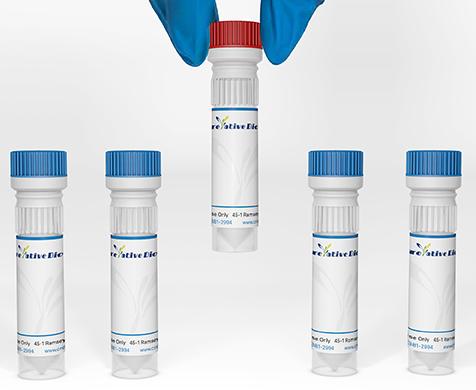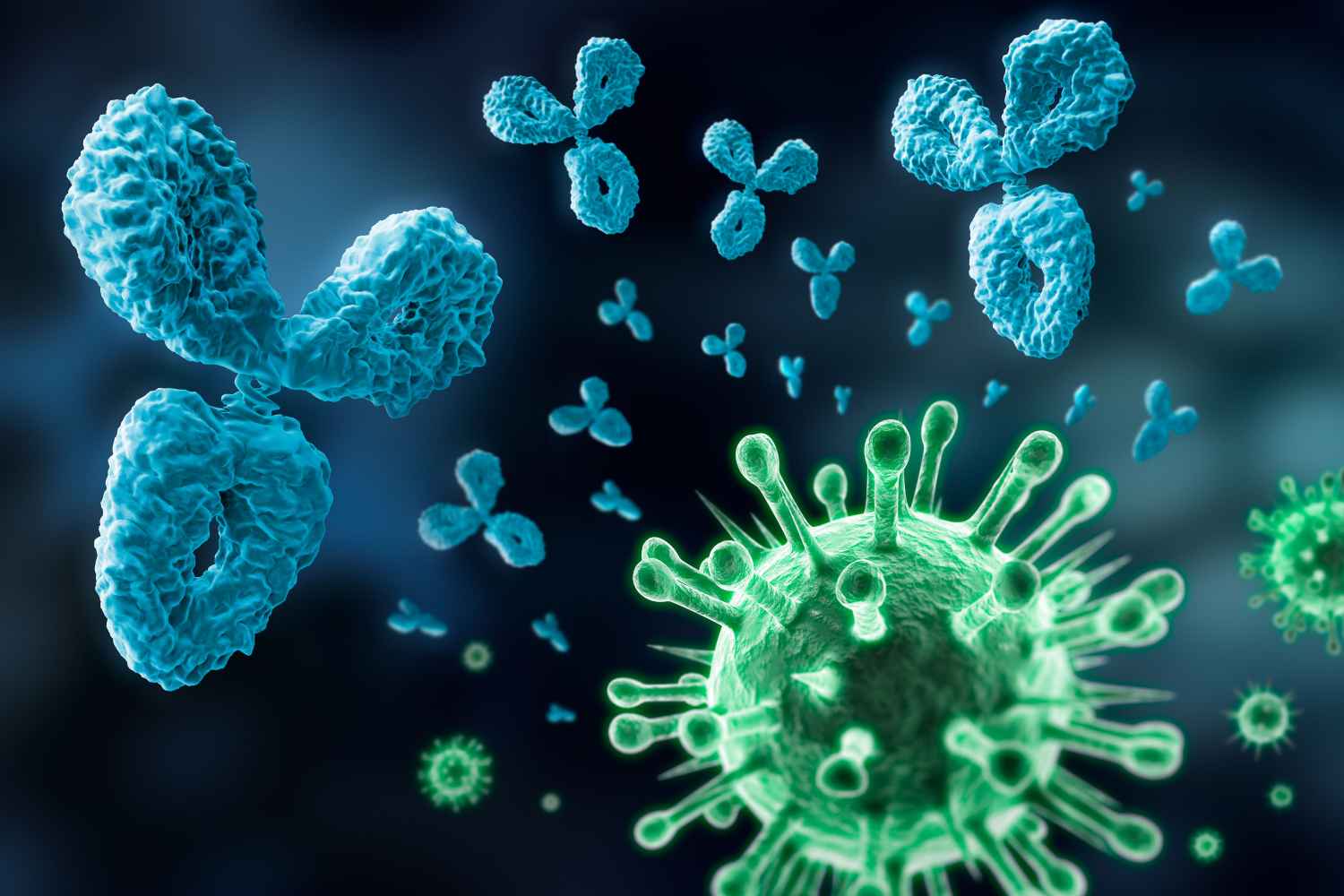NRG3
This gene is a member of the neuregulin gene family. This gene family encodes ligands for the transmembrane tyrosine kinase receptors ERBB3 and ERBB4 - members of the epidermal growth factor receptor family. Ligand binding activates intracellular signaling cascades and the induction of cellular responses including proliferation, migration, differentiation, and survival or apoptosis. This gene encodes neuregulin 3 (NRG3). NRG3 has been shown to activate the tyrosine phosphorylation of its cognate receptor, ERBB4, and is thought to influence neuroblast proliferation, migration and differentiation by signalling through ERBB4. NRG3 also promotes mammary differentiation during embryogenesis. Linkage studies have implicated this gene as a susceptibility locus for schizophrenia and schizoaffective disorder. Alternative splicing results in multiple transcript variants encoding distinct isoforms. Additional transcript variants have been described but their biological validity has not been verified.
Full Name
Neuregulin 3
Function
Direct ligand for the ERBB4 tyrosine kinase receptor. Binding results in ligand-stimulated tyrosine phosphorylation and activation of the receptor. Does not bind to the EGF receptor, ERBB2 or ERBB3 receptors. May be a survival factor for oligodendrocytes.
Biological Process
Animal organ developmentManual Assertion Based On ExperimentIBA:GO_Central
Chemorepulsion involved in interneuron migration from the subpallium to the cortexIEA:Ensembl
ERBB4 signaling pathwayManual Assertion Based On ExperimentIDA:MGI
Intracellular signal transductionManual Assertion Based On ExperimentIBA:GO_Central
Mammary placode formationIEA:Ensembl
Modulation of chemical synaptic transmissionManual Assertion Based On ExperimentIMP:SynGO
Negative regulation of neuron migrationIEA:Ensembl
Pattern specification processIEA:Ensembl
Regulation of cell growth1 PublicationNAS:UniProtKB
Chemorepulsion involved in interneuron migration from the subpallium to the cortexIEA:Ensembl
ERBB4 signaling pathwayManual Assertion Based On ExperimentIDA:MGI
Intracellular signal transductionManual Assertion Based On ExperimentIBA:GO_Central
Mammary placode formationIEA:Ensembl
Modulation of chemical synaptic transmissionManual Assertion Based On ExperimentIMP:SynGO
Negative regulation of neuron migrationIEA:Ensembl
Pattern specification processIEA:Ensembl
Regulation of cell growth1 PublicationNAS:UniProtKB
Cellular Location
Pro-neuregulin-3, membrane-bound isoform
Cell membrane
Does not seem to be active.
Neuregulin-3
Secreted
Isoform 3
Cell membrane
Isoform 3 is also proteolytically released as a soluble form.
Cell membrane
Does not seem to be active.
Neuregulin-3
Secreted
Isoform 3
Cell membrane
Isoform 3 is also proteolytically released as a soluble form.
Topology
Extracellular: 1-360
Helical: 361-381
Cytoplasmic: 382-720
Helical: 361-381
Cytoplasmic: 382-720
PTM
Proteolytic cleavage close to the plasma membrane on the external face leads to the release of the soluble growth factor form.
Extensive glycosylation precedes the proteolytic cleavage (By similarity).
Isoform 3 is glycosylated.
Extensive glycosylation precedes the proteolytic cleavage (By similarity).
Isoform 3 is glycosylated.
View more
Anti-NRG3 antibodies
+ Filters
 Loading...
Loading...
Target: NRG3
Host: Rabbit
Antibody Isotype: IgG
Specificity: Mouse, Rat, Human
Clone: CBWJN-1550
Application*: WB, F
More Infomation
Hot products 
-
Rabbit Anti-AKT3 Recombinant Antibody (V2-12567) (CBMAB-1057-CN)

-
Mouse Anti-ABIN2 Recombinant Antibody (V2-179106) (CBMAB-A0349-YC)

-
Mouse Anti-DDC Recombinant Antibody (8E8) (CBMAB-0992-YC)

-
Mouse Anti-CRYAB Recombinant Antibody (A4345) (CBMAB-A4345-YC)

-
Mouse Anti-BHMT Recombinant Antibody (CBYY-0547) (CBMAB-0550-YY)

-
Rat Anti-(1-5)-α-L-Arabinan Recombinant Antibody (V2-501861) (CBMAB-XB0003-YC)

-
Mouse Anti-ENO2 Recombinant Antibody (85F11) (CBMAB-0276CQ)

-
Mouse Anti-EGR1 Recombinant Antibody (CBWJZ-100) (CBMAB-Z0289-WJ)

-
Mouse Anti-ARHGAP5 Recombinant Antibody (54/P190-B) (CBMAB-P0070-YC)

-
Mouse Anti-CCS Recombinant Antibody (CBFYC-1093) (CBMAB-C1150-FY)

-
Rabbit Anti-Acetyl-Histone H3 (Lys36) Recombinant Antibody (V2-623395) (CBMAB-CP0994-LY)

-
Rat Anti-ADAM10 Recombinant Antibody (V2-179741) (CBMAB-A1103-YC)

-
Mouse Anti-BRCA2 Recombinant Antibody (CBYY-1728) (CBMAB-2077-YY)

-
Mouse Anti-APOH Recombinant Antibody (4D9A4) (CBMAB-A3249-YC)

-
Rat Anti-ADGRE4 Recombinant Antibody (V2-160163) (CBMAB-F0011-CQ)

-
Mouse Anti-ATP1B1 Recombinant Antibody (E4) (CBMAB-0463-LY)

-
Mouse Anti-AKR1B1 Antibody (V2-2449) (CBMAB-1001CQ)

-
Mouse Anti-ADAM29 Recombinant Antibody (V2-179787) (CBMAB-A1149-YC)

-
Mouse Anti-EIF4G1 Recombinant Antibody (2A9) (CBMAB-A2544-LY)

-
Rabbit Anti-CBL Recombinant Antibody (D4E10) (CBMAB-CP0149-LY)

For Research Use Only. Not For Clinical Use.
(P): Predicted
* Abbreviations
- AActivation
- AGAgonist
- APApoptosis
- BBlocking
- BABioassay
- BIBioimaging
- CImmunohistochemistry-Frozen Sections
- CIChromatin Immunoprecipitation
- CTCytotoxicity
- CSCostimulation
- DDepletion
- DBDot Blot
- EELISA
- ECELISA(Cap)
- EDELISA(Det)
- ESELISpot
- EMElectron Microscopy
- FFlow Cytometry
- FNFunction Assay
- GSGel Supershift
- IInhibition
- IAEnzyme Immunoassay
- ICImmunocytochemistry
- IDImmunodiffusion
- IEImmunoelectrophoresis
- IFImmunofluorescence
- IGImmunochromatography
- IHImmunohistochemistry
- IMImmunomicroscopy
- IOImmunoassay
- IPImmunoprecipitation
- ISIntracellular Staining for Flow Cytometry
- LALuminex Assay
- LFLateral Flow Immunoassay
- MMicroarray
- MCMass Cytometry/CyTOF
- MDMeDIP
- MSElectrophoretic Mobility Shift Assay
- NNeutralization
- PImmunohistologyp-Paraffin Sections
- PAPeptide Array
- PEPeptide ELISA
- PLProximity Ligation Assay
- RRadioimmunoassay
- SStimulation
- SESandwich ELISA
- SHIn situ hybridization
- TCTissue Culture
- WBWestern Blot

Online Inquiry





